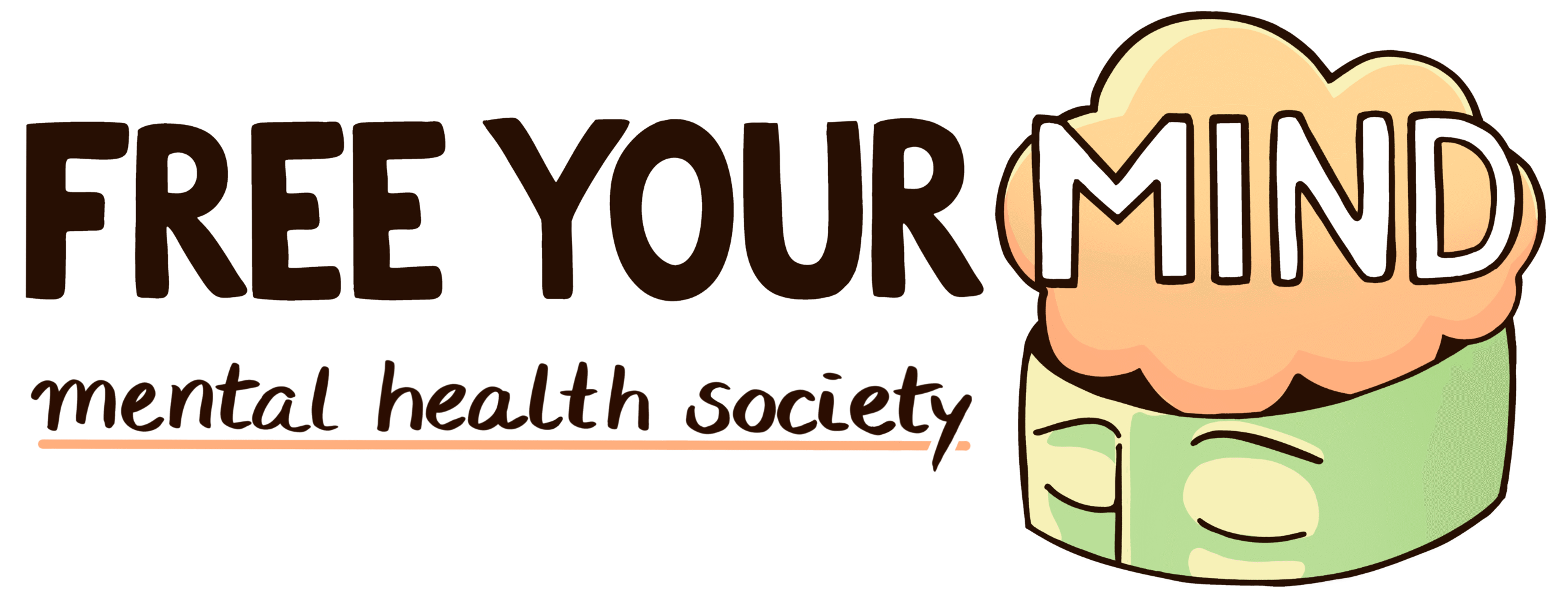March 30th is World Bipolar Day (Government of Canada, 2023). Every year, this date is recognized internationally. There is also a new theme every year. The theme of 2023 was “#BipolarTogether” as a reminder for people living with this disorder that they are not alone.
The purpose of this date is to raise awareness, eliminate stigma, encourage advocacy, and promote education relating to bipolar disorder (Pandey, 2023). It is important to learn more about this medical condition that affects millions in order to fight stereotypes and stigma. With increased empathy and respect, those living with bipolar disorder can experience improved mental health care and quality of life (Government of Canada, 2023). This day also provides a platform for activism and encourages people to speak out about their experiences in hopes of paving the way for better services and policies.
Did you know that 1% to 2% of Canadians experience bipolar disorder? Did you know that it is a life-long mental health disorder? Some celebrities that have this diagnosis include Demi Lovato, Selena Gomez, Kanye West, and Mary Lambert (National Today, 2023).
Read on to learn more about World Bipolar Day and bipolar disorder itself.
WORLD BIPOLAR DAY HISTORY
The first World Bipolar Day occurred in 2014 (Pandey, 2023). It was created from a combination of efforts by the Asian Network of Bipolar Disorder (ANBD), the International Bipolar Foundation (IBPF), and the International Society for Bipolar Disorders (ISBD). It is observed on March 30th because it is the birthday of Dutch painter Vincent Van Gogh (National Today, 2023). He continues to be one of the most influential artists in the world. He was also diagnosed with bipolar disorder after his death.
The ribbon for raising awareness about bipolar disorder is green (National Today, 2023). These may be worn on World Bipolar Day to show solidarity and support.
BIPOLAR DISORDER HISTORY
A diagnosis of bipolar disorder dates back to ancient Greece (National Today, 2023). In medical research by physician Hippocrates, he noted a condition marked by two opposite moods — nowadays, these are referred to as depression and mania. This was all the way back in 460 – 370 B.C. But a modern diagnosis of bipolar disorder is much more recent.
The Diagnosis and Statistical Manual of Mental Disorders (DSM) was created in 1950 to standardize diagnoses of mental health conditions with criteria, categories, and symptoms of each mental disorder (Nelson, 2022). Back then, bipolar disorder was in a category called “other” rather than being recognized as its own mental disorder. Bipolar disorder did not join the DSM by name until 1980.
WHAT IS BIPOLAR DISORDER?
Bipolar disorder is a mental health condition that causes a change in a person’s mood, energy, and ability to function (Sehamy & Howland, 2021). It is characterized by mania, which is an abnormally happy or irritable mood characterized by feelings of euphoria, high energy, and activity lasting at least seven days. However, some people with bipolar disorder only experience a milder form of this known as hypomania. It is also known for having extreme mood swings that range from these emotional highs to intense lows, or periods of depression (Mayo Clinic, 2022).
There are two main types of bipolar disorder (Mayo Clinic, 2022).
The first is bipolar I, which involves having at least one manic episode and may involve depressive episodes. It may also have psychosis, which is a break from reality.
The second is bipolar II, which requires having at least one depressive episode and one hypomanic episode – that is, a milder form of mania. This diagnosis is not provided to those who have experienced a full manic episode.
This disorder is most commonly diagnosed in teen years and in early twenties, although it can be diagnosed at any point in life (Sehamy & Howland, 2021). The average age of onset is 25 years old. It commonly runs in families since 80% to 90% of people with a diagnosis have a relative with bipolar or depression.
People with bipolar disorder have periods of neutral mood as well, and episodes of mania and depression can be well-managed with medication and therapy (Sehamy & Howland, 2021).
Bipolar disorder can be debilitating, but people with the disorder do not have to be limited by it in any way. It helps to draw attention to this mental disorder to be better informed and to be able to spread awareness to others. Make sure to join World Bipolar Day next year, on March 30th! The theme is to be announced.
Note: The Free Your Mind Mental Health Society is an independent youth-led organization. The contents of this blog are not intended to be a substitute for professional medical advice, diagnosis, or treatment. Always seek the advice of your physician or another qualified health provider with any questions you may have regarding a medical condition. In the event of a medical emergency, please call your doctor or 911 or other local emergency numbers immediately.
References
El Sehamy, A. & Howland, M. (2021). What are bipolar disorders? American Psychiatric Assosciation. Retrieved from
Fabrikasimf. (n.d.) Freepik. Retrieved from
Government of Canada. (2023). Message from the Minister of Mental Health and Addictions and Associate Minister of Health — World bipolar day. Retrieved from https://www.canada.ca/en/health-canada/news/2023/03/message-from-the-minister-of-mental-health-and-addictions-march-2023.html
Mayo Clinic. (2022). Bipolar disorder. Retrieved from
National Today. (2023). World bipolar day – March 30, 2023. Retrieved from
Nelson, A. (2022). The history of bipolar disorder. WebMD. Retrieved from https://www.webmd.com/bipolar-disorder/history-bipolar
Pandey, S. (2023). World bipolar day 2023: History, theme and significance. Times of India. Retrieved from

